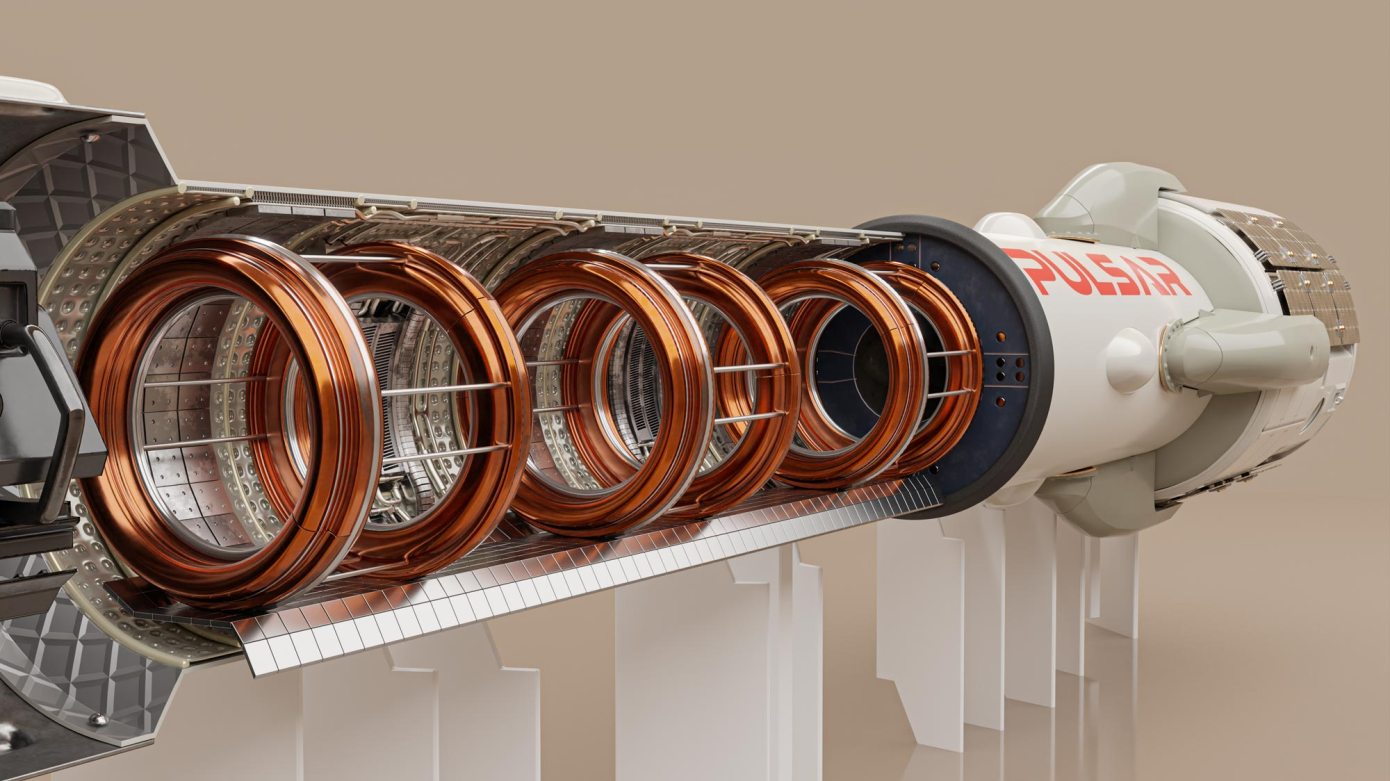Interplanetary Travel To Become Faster Through Nuclear Fusion
14th Jul 2023
A team of scientists at space propulsion company, Pulsar Fusion, are currently racing to create the first nuclear fusion-powered propulsion system that will dramatically cut space travel time. They are constructing a large nuclear fusion chamber in England to test their theories on fusion-powered space travel and are hoping to make a breakthrough in understanding how plasma reacts when expelled from a rocket engine. Once harnessed, travel time to Mars could be reduced by half, and travel to Saturn’s Titan Moon could be cut from 10 years to 2.
Using Nuclear Fusion To Power Space Travel
Pulsar Fusion’s large nuclear fusion chamber is currently under construction at their facility in Bletchley, England. The team are working with New-Jersey-based Princeton Satellite Systems to run simulations via their supercomputer to test how the plasma would function during launch. Additionally, they are also exploring the plasma’s behaviour in electromagnetic confinement. From there, the data collected would help paint the design of Pulsar Fusion’s rocket engine. Previously, the British company tested their launch capable chemical rocket engine in 2021, which has paved the way for further advancements in nuclear fusion-powered space travel.
Stabilising Fusion Power In A Rocket Engine
There is an underlying question behind the practicality of the fusion-powered rocket engine: how would scientists stabilise the plasma for prolonged amounts of time? To address this question, the Oxford-based company is constructing an 8-metre-long nuclear fusion chamber; they will then place ultra-hot plasma inside and create exhaust speeds that are quick enough for interplanetary travel. Unlike the complexities of electricity fusion generation on Earth, space is considered perfect for fusion power due to its cold conditions and vacuum environment. Fusion power is also similar to the Sun as it confines excessively hot plasma inside its electromagnetic field.
The Next Steps For Pulsar Fusion
Pulsar Fusion aims to conduct an in-orbit, world-first demonstration where they will fire a nuclear-fusion-powered propulsion system into space. The company’s 11-year fusion research would mark breakthroughs in interstellar travel, allowing humans to leave the solar system within their lifetime; “there is no other technology that we know of that can do that,” Pulsar CEO Richard Dinan said in an interview with TechCrunch. The company was previously funded by the UK Space Agency in 2022 with the mission to develop a nuclear-fission-based propulsion system. They have also created a range of products, including a Hall-effect electric thruster and second-stage hybrid rocket, to fund their fusion research.







Thank you for your comment! It will be visible on the site after moderation.